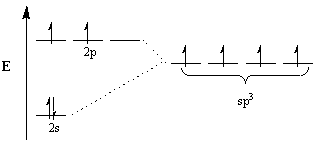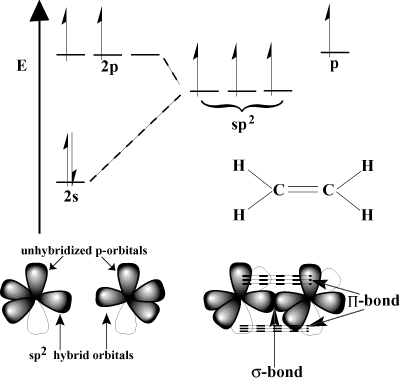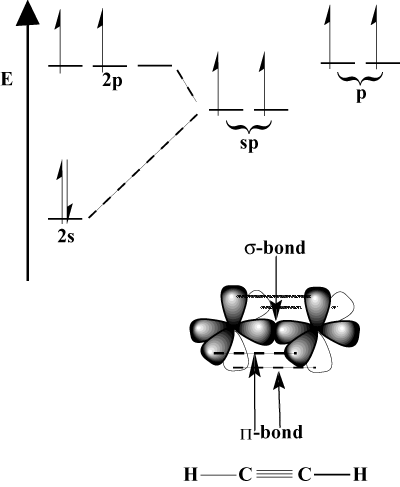Please wait while we process your payment
If you don't see it, please check your spam folder. Sometimes it can end up there.
If you don't see it, please check your spam folder. Sometimes it can end up there.
Please wait while we process your payment
Get instant, ad-free access to our grade-boosting study tools with a 7-day free trial!
Learn more



This site is protected by reCAPTCHA and the Google Privacy Policy and Terms of Service apply.
Create Account
Select Plan
Payment Info
Start 7-Day Free Trial!

Annual
2-49 accounts
$22.49/year + tax
50-99 accounts
$20.99/year + tax
Select Quantity
Price per seat
$29.99 $--.--
Subtotal
$-.--
Want 100 or more? Request a customized plan
You could save over 50%
by choosing an Annual Plan!

SAVE OVER 50%
compared to the monthly price!
| Focused-studying | ||
| PLUS Study Tools | ||
| AP® Test Prep PLUS | ||
| My PLUS Activity | ||
$22.49/month + tax
Save 25%
on 2-49 accounts
$20.99/month + tax
Save 30%
on 50-99 accounts
| Focused-studying | ||
| PLUS Study Tools | ||
| AP® Test Prep PLUS | ||
| My PLUS Activity | ||
No Fear provides access to Shakespeare for students who normally couldn’t (or wouldn’t) read his plays. It’s also a very useful tool when trying to explain Shakespeare’s wordplay!
Erika M.
I tutor high school students in a variety of subjects. Having access to the literature translations helps me to stay informed about the various assignments. Your summaries and translations are invaluable.
Kathy B.
Teaching Shakespeare to today's generation can be challenging. No Fear helps a ton with understanding the crux of the text.
Kay H.
No Fear provides access to Shakespeare for students who normally couldn’t (or wouldn’t) read his plays. It’s also a very useful tool when trying to explain Shakespeare’s wordplay!
Erika M.
I tutor high school students in a variety of subjects. Having access to the literature translations helps me to stay informed about the various assignments. Your summaries and translations are invaluable.
Kathy B.
Teaching Shakespeare to today's generation can be challenging. No Fear helps a ton with understanding the crux of the text.
Kay H.
Create Account
Select Plan
Payment Info
Start 7-Day Free Trial!
You will only be charged after the completion of the 7-day free trial.
If you cancel your account before the free trial is over, you will not be charged.
You will only be charged after the completion of the 7-day free trial. If you cancel your account before the free trial is over, you will not be charged.
Order Summary
Annual
7-day Free Trial
SparkNotes PLUS
$29.99 / year
Annual
Quantity
51
PLUS Group Discount
$29.99 $29.99 / seat
Tax
$0.00
SPARK25
-$1.25
25% Off
Total billed on Nov 7, 2024 after 7-day free trail
$29.99
Total billed
$0.00
Due Today
$0.00
Promo code
This is not a valid promo code
Card Details
By placing your order you agree to our terms of service and privacy policy.
By saving your payment information you allow SparkNotes to charge you for future payments in accordance with their terms.
Powered by stripe
Legal
Google pay.......



Please wait while we process your payment

Sorry, you must enter a valid email address
By entering an email, you agree to our privacy policy.
Please wait while we process your payment

Sorry, you must enter a valid email address
By entering an email, you agree to our privacy policy.
Please wait while we process your payment

Your PLUS subscription has expired
Please wait while we process your payment
Please wait while we process your payment

Valence Bond Theory
Chemists invoke the concept of hybridization to explain this discrepancy.
Under this concept, to accommodate the geometry of molecules, atomic orbitals
modify themselves to become hybrid orbitals of the suitable geometry. For
instance, to attain a tetrahedral arrangement the carbon undergoes sp3
hybridization: the 2s orbital and three 2p orbitals become four sp3
hybrid orbitals. Note that the total number of orbitals is conserved, but
the orientation and energy of the orbitals have changed.

Single covalent bonds can be explained by the VB model as the result of a head-on overlap between atomic orbitals. In some cases, these may be hybrid orbitals. Such head-on overlap is a sigma bond (σ bond), so-called because of the bond's cylindrical symmetry. Only one σ bond can exist between two given atoms. How, then, are double and triple bonds formed?
The answer lies in the fact that p-orbitals are capable of overlapping sideways in what is called a pi bond (Π bond). Π bonds are weaker than σ bonds because sideways overlap is not as effective as head-on overlap. For example, a C-C σ bond has a typical bond energy of 80 kcal/mol, but the C-C Π bond energy is usually around 60 kcal/mol.
Consider ethylene, which has a C=C double bond. Each carbon has three bonds in the VSEPR scheme, so each carbon has a trigonal planar geometry. To accommodate this geometry each carbon undergoes sp2 hybridization. The 2s orbital and two of the 2p orbitals hybridize to form three sp2 hybrid orbitals. The last p-orbital of each carbon atom remains unhybridized. These unhybridized p-orbitals overlap with one another to form the necessary Π-bond.

Triple bonds are formed in a similar process. In acetylene, the C-C triple bond is actually one σ bond and two Π bonds. Each carbon undergoes sp hybridization. The two unhybridized p-orbitals on each carbon form two orthogonal Π-bonds.

The valence bond model provides a simple and useful framework through which we mayunderstand covalent bonding. However it has several drawbacks. First, when using this model it is difficult to say anything about the energies of electrons. A more serious drawback of the VB model is its assumption that electrons are localized to specific atoms. In fact electrons are commonly delocalized to several atoms, as described by resonance structures. The Molecular Orbital model, while more complex, addresses both of these issues.
Please wait while we process your payment





